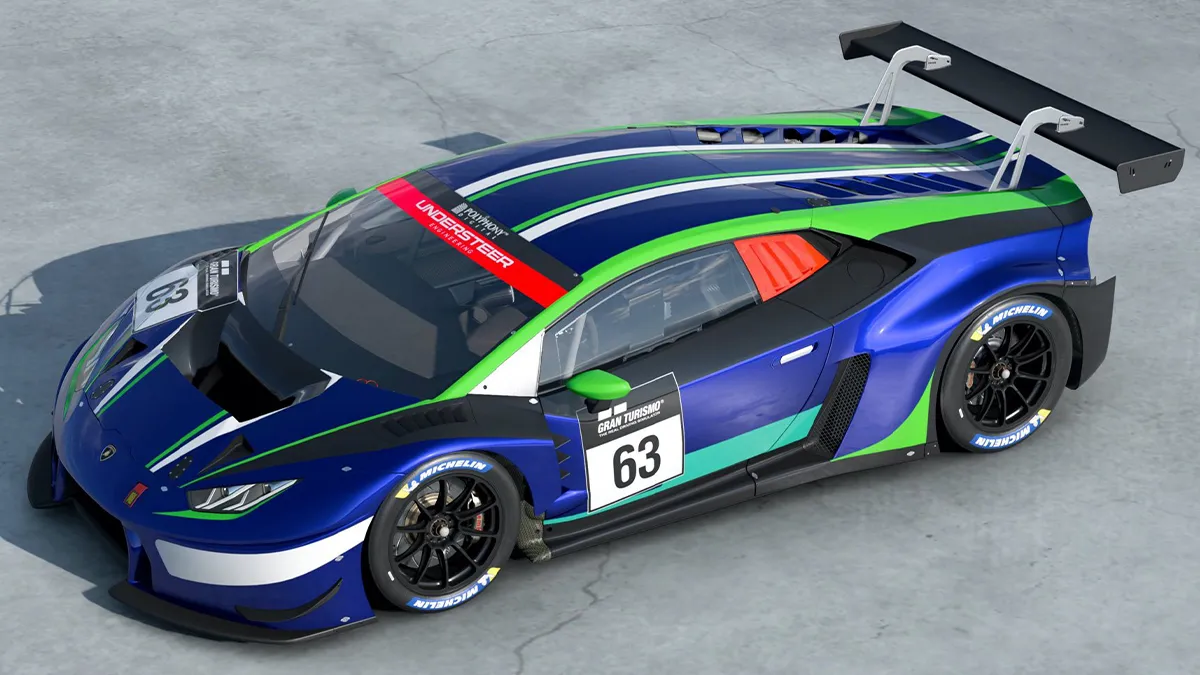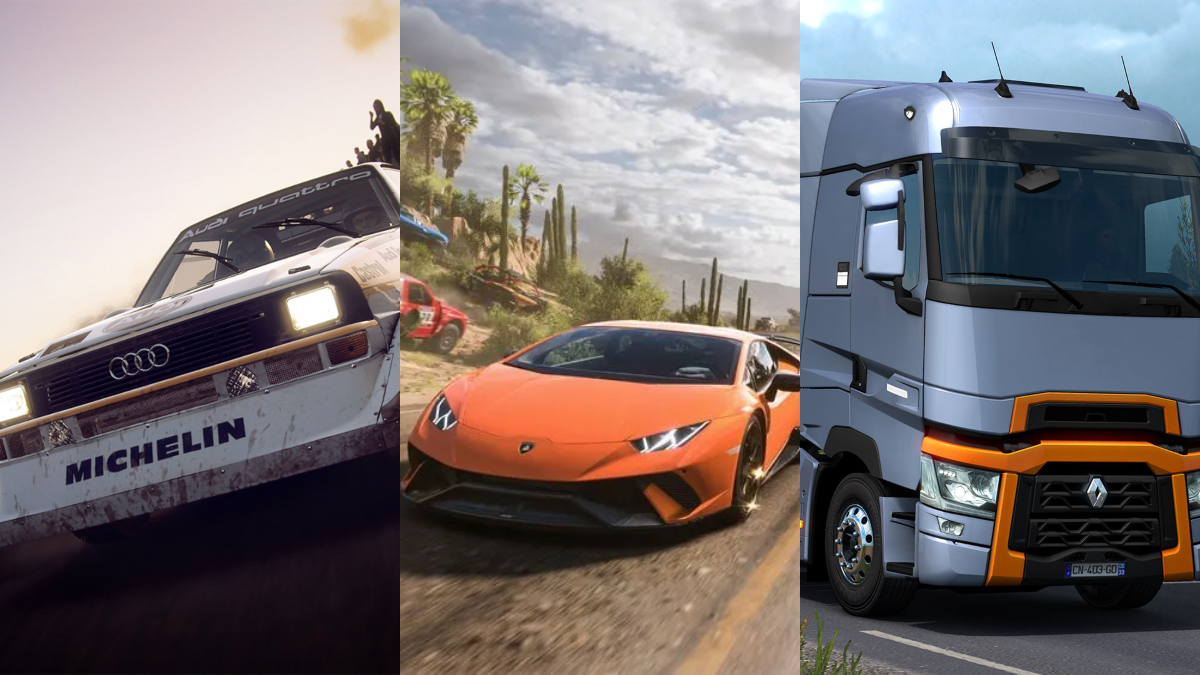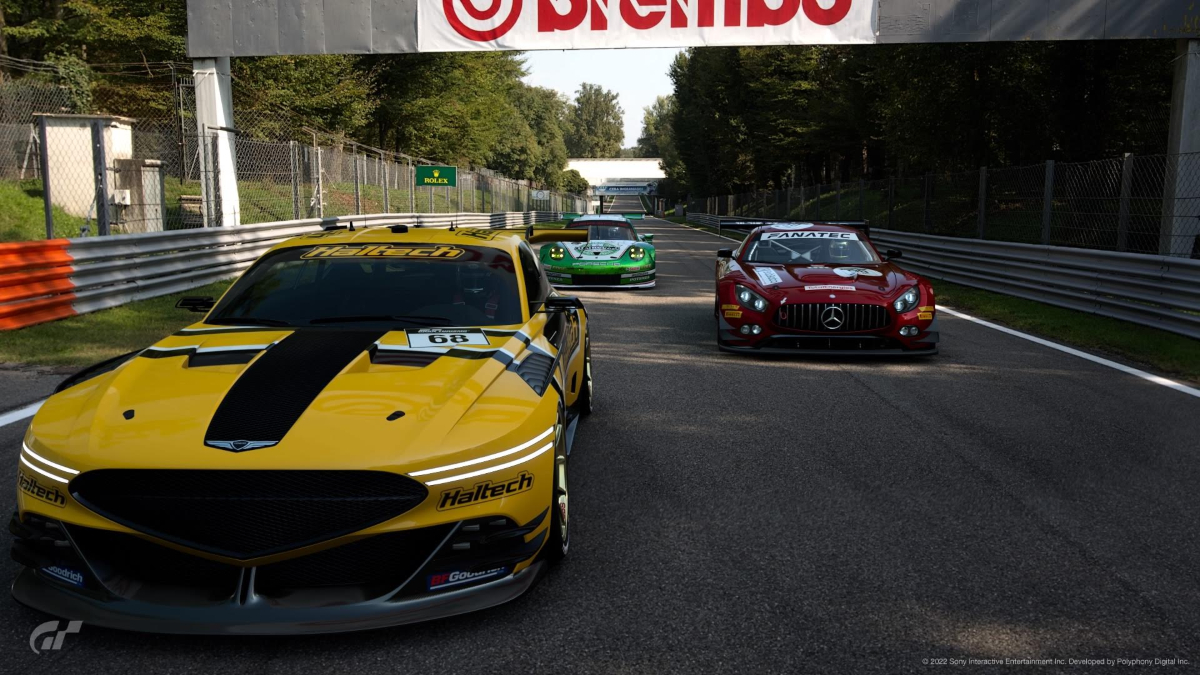Polyphony Digital is poised to make a major comeback with Gran Turismo 7. The series was always billed as a premiere racing simulator, but the latest entry is taking this simulation a step further with its weather implementation.
Weather begins with a proper cloud simulation, which the studio has covered in Gran Turismo 7. Cloud coverage varies depending on the location, much as it would in real life based on factors such as altitude and region. On the surface, this adds an extra layer of believability to the visual presentation, but it also aids the gameplay experience.
In real life, the chance of rain depends on various factors, with clouds, humidity, and temperature playing a role. These elements are factored into Gran Turismo 7’s weather system, with clouds simulated based on meteorological data. None of these factors are predetermined because it is a fully dynamic simulation. Changing conditions like atmospheric and surface temperature can impact a car’s engine power, tire grip, and even the strength of slipstreaming.
If it starts raining during a race, surfaces become wet and form puddles in portions of the road that would be prone to developing them. When the rain stops, different areas of the track dry up at different rates. For example, areas with puddles take longer to dry off than a standard slippery surface.
Taking the simulation a step further, larger circuits can have completely dry sections of track, meanwhile, another portion is experiencing rain. These scenarios will force racers to adjust their approach, allowing for a more dynamic racing experience than past Gran Turismo titles, which leaned on static weather and time of day systems.







Published: Feb 2, 2022 04:56 pm